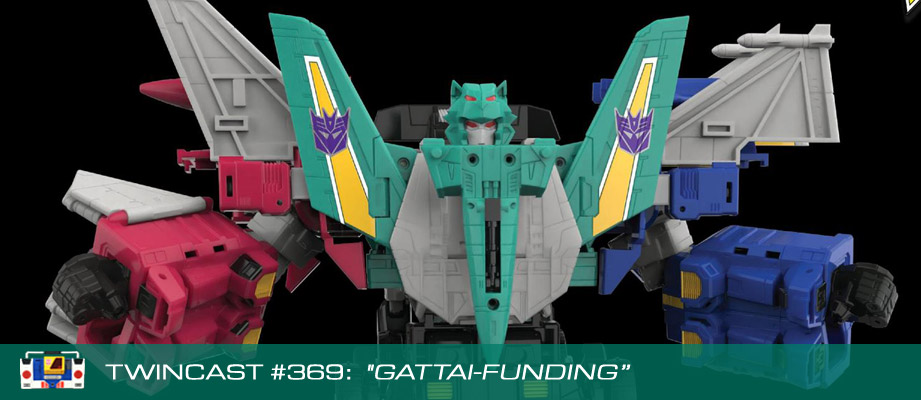Transformers and More @ The Seibertron Store
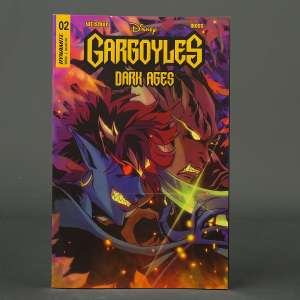
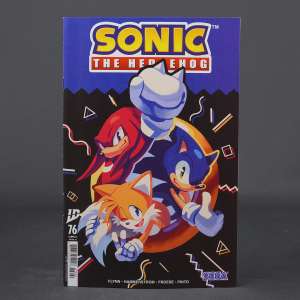
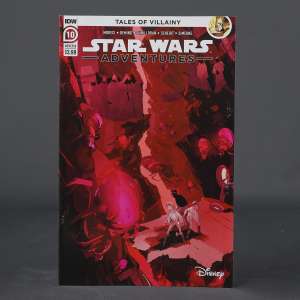
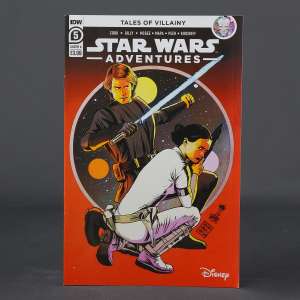
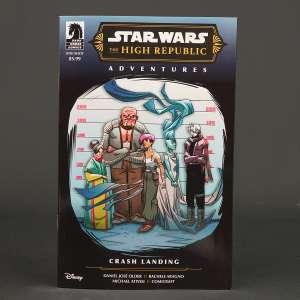
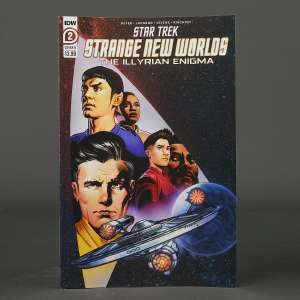

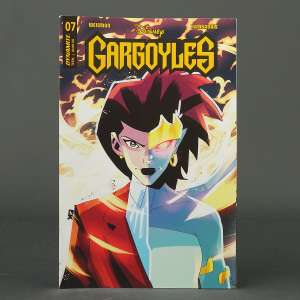
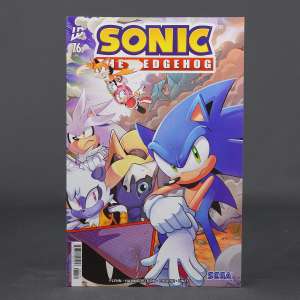
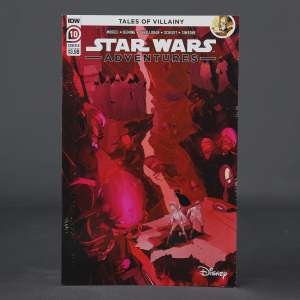
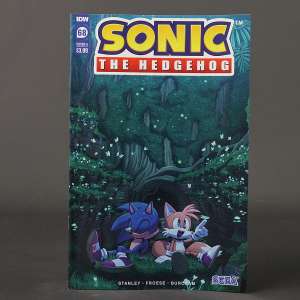
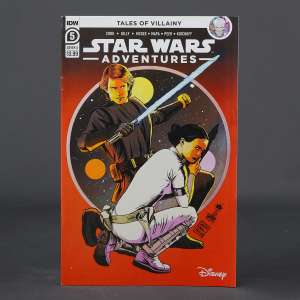
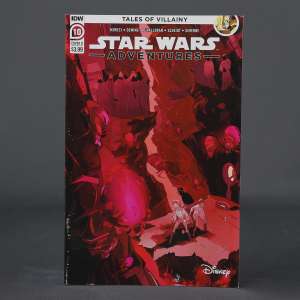
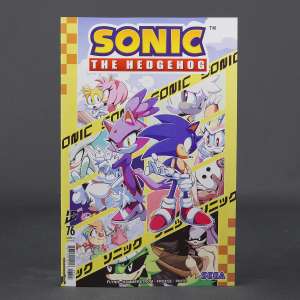
Deadput wrote:kurthy wrote:I'm still going to place a lot of blame on Bay. His only concern is making it look cool.
Like every director ever...
Why do people assume that the movie makers are going to care about the property as much as we do? Fan is short for fanatic for a reason.kurthy wrote:He's never made a great movie and most of his experience is creating music videos.
First of all that is subjective and an opinion...not exactly a fact.
13 hours was a pretty good movie though and it came out in 2016 so he is able to make decent movies but not that many people are going to give him a chance because of his name.
kurthy wrote: 13 hours was a flop that made $2m more than its production cost. But box office flops can be good movies, although the critics ratings are lower than transformers and the user ratings are barely higher than his next movie (transformers, again) and the same on rotten tomatoes. At this point, I'm probably not going to take your recommendation to watch it.
Va'al wrote:Deadput wrote:Actually I don't know my mother's name is Valerie so is Va'al actually my mother?
Yes. Now go to your room and don't play with yourself.

Deadput wrote:just because it didn't do well in the theater doesn't change a thing
Deadput wrote:kurthy wrote: 13 hours was a flop that made $2m more than its production cost. But box office flops can be good movies, although the critics ratings are lower than transformers and the user ratings are barely higher than his next movie (transformers, again) and the same on rotten tomatoes. At this point, I'm probably not going to take your recommendation to watch it.
It's still a good movie and just because it didn't do well in the theater doesn't change a thing also people adore the original 1986 movie and look how well that movie did.
Rotten tomatoes is a cancerous website for wannabe reviewers, spammers and bots.
Va'al wrote:ROTTEN TOMATOES GATHERS TOGETHER CRITICAL VIEWS FROM ACROSS THE INTERNET
Va'al wrote:Deadput wrote:Actually I don't know my mother's name is Valerie so is Va'al actually my mother?
Yes. Now go to your room and don't play with yourself.

Deadput wrote:Va'al wrote:ROTTEN TOMATOES GATHERS TOGETHER CRITICAL VIEWS FROM ACROSS THE INTERNET
Did they change it? Because I certainly don't remember it being like that several years ago.
Well if I'm wrong I'm wrong I'll accept that.
Rotten Tomatoes was launched on August 12, 1998, as a spare-time project by Senh Duong.[5] His goal in creating Rotten Tomatoes was "to create a site where people can get access to reviews from a variety of critics in the U.S."[6] As a fan of Jackie Chan's, Duong was inspired to create the website after collecting all the reviews of Chan's movies as they were being published in the United States.
Deadput wrote:Va'al wrote:ROTTEN TOMATOES GATHERS TOGETHER CRITICAL VIEWS FROM ACROSS THE INTERNET
Did they change it? Because I certainly don't remember it being like that several years ago.
Well if I'm wrong I'm wrong I'll accept that.
All that was pretty much scarce-to-nonexistent in the fourth and fifth films.cruizerdave wrote:and plenty of idiotic, juvenile frat boy humor.
Shadowman wrote:This is Sabrblade we're talking about. His ability to store trivial information about TV shows is downright superhuman.
Caelus wrote:My wife pointed out something interesting about the prehistoric Predacons. I said that everyone was complaining because transforming for them mostly consisted of them just standing up-right. She essentially said, 'So? That's what our ancestors did.'
Burn wrote:At the end of the day, if you consider a movie a good movie, then it's a good movie.
If you consider a movie good or bad based on some critics and/or some rating on the internet, then you're a sheep that should probably learn to think for yourself.
Don't let others dictate to you what is good or bad, decide for yourself.
Sabrblade wrote:All that was pretty much scarce-to-nonexistent in the fourth and fifth films.cruizerdave wrote:and plenty of idiotic, juvenile frat boy humor.
Kurona wrote:Burn wrote:At the end of the day, if you consider a movie a good movie, then it's a good movie.
If you consider a movie good or bad based on some critics and/or some rating on the internet, then you're a sheep that should probably learn to think for yourself.
Don't let others dictate to you what is good or bad, decide for yourself.
No, that simply means you like a movie. It's only being a sheep if you mindlessly agree with another's opinion rather than attempting to understand them and actually take in what they're saying.
Burn wrote:At the end of the day, if you consider a movie a good movie, then it's a good movie.
If you consider a movie good or bad based on some critics and/or some rating on the internet, then you're a sheep that should probably learn to think for yourself.
Don't let others dictate to you what is good or bad, decide for yourself.
Burn wrote:At the end of the day, if you consider a movie a good movie, then it's a good movie.
If you consider a movie good or bad based on some critics and/or some rating on the internet, then you're a sheep that should probably learn to think for yourself.
Don't let others dictate to you what is good or bad, decide for yourself.
But I think the Super Mario Bros. movie is a stupid, very lousy movie, yet I also like it. How do you rationalize my liking a movie I consider to be a bad one?SlyTF1 wrote:Burn wrote:At the end of the day, if you consider a movie a good movie, then it's a good movie.
If you consider a movie good or bad based on some critics and/or some rating on the internet, then you're a sheep that should probably learn to think for yourself.
Don't let others dictate to you what is good or bad, decide for yourself.
See, this is what I've been trying to say for years. I hate how systematic everyone's view of a "good movie" is. And I don't get that "guilty pleasure" crap. If you like it, you like it. Quit trying to justify why you like it by putting it in some kind of sub-category that means nothing.
Shadowman wrote:This is Sabrblade we're talking about. His ability to store trivial information about TV shows is downright superhuman.
Caelus wrote:My wife pointed out something interesting about the prehistoric Predacons. I said that everyone was complaining because transforming for them mostly consisted of them just standing up-right. She essentially said, 'So? That's what our ancestors did.'
Sabrblade wrote:But I think the Super Mario Bros. movie is a stupid, very lousy movie, yet I also like it. How do you rationalize my liking a movie I consider to be a bad one?SlyTF1 wrote:Burn wrote:At the end of the day, if you consider a movie a good movie, then it's a good movie.
If you consider a movie good or bad based on some critics and/or some rating on the internet, then you're a sheep that should probably learn to think for yourself.
Don't let others dictate to you what is good or bad, decide for yourself.
See, this is what I've been trying to say for years. I hate how systematic everyone's view of a "good movie" is. And I don't get that "guilty pleasure" crap. If you like it, you like it. Quit trying to justify why you like it by putting it in some kind of sub-category that means nothing.
SlyTF1 wrote:Sabrblade wrote:But I think the Super Mario Bros. movie is a stupid, very lousy movie, yet I also like it. How do you rationalize my liking a movie I consider to be a bad one?SlyTF1 wrote:Burn wrote:At the end of the day, if you consider a movie a good movie, then it's a good movie.
If you consider a movie good or bad based on some critics and/or some rating on the internet, then you're a sheep that should probably learn to think for yourself.
Don't let others dictate to you what is good or bad, decide for yourself.
See, this is what I've been trying to say for years. I hate how systematic everyone's view of a "good movie" is. And I don't get that "guilty pleasure" crap. If you like it, you like it. Quit trying to justify why you like it by putting it in some kind of sub-category that means nothing.
That's an irrational mindset. I can't rationalize an irrationality.
I guess it would have to depend on what you like and dislike about it. Specifically.
That's how guilty pleasures work, though. They defy our senses of good taste and quality by somehow appealing to us when they normally ought to not have any right to do so.SlyTF1 wrote:Sabrblade wrote:But I think the Super Mario Bros. movie is a stupid, very lousy movie, yet I also like it. How do you rationalize my liking a movie I consider to be a bad one?SlyTF1 wrote:Burn wrote:At the end of the day, if you consider a movie a good movie, then it's a good movie.
If you consider a movie good or bad based on some critics and/or some rating on the internet, then you're a sheep that should probably learn to think for yourself.
Don't let others dictate to you what is good or bad, decide for yourself.
See, this is what I've been trying to say for years. I hate how systematic everyone's view of a "good movie" is. And I don't get that "guilty pleasure" crap. If you like it, you like it. Quit trying to justify why you like it by putting it in some kind of sub-category that means nothing.
That's an irrational mindset. I can't rationalize an irrationality.
I guess it would have to depend on what you like and dislike about it. Specifically.
Shadowman wrote:This is Sabrblade we're talking about. His ability to store trivial information about TV shows is downright superhuman.
Caelus wrote:My wife pointed out something interesting about the prehistoric Predacons. I said that everyone was complaining because transforming for them mostly consisted of them just standing up-right. She essentially said, 'So? That's what our ancestors did.'
SlyTF1 wrote:That's an irrational mindset. I can't rationalize an irrationality.
kurthy wrote:SlyTF1 wrote:That's an irrational mindset. I can't rationalize an irrationality.
Sure you can, you just have to be imaginitive. e^ipi = -1
Art of the Cut takes a step into the epic – not just with the film we’re discussing – but because to cover the editing of Michael Bay’s Transformers: The Last Knight, we spoke to four editors in three separate interviews. The exciting thing for readers of Art of the Cut is that when you get six top editors on a single picture, they all learn from each other in ways that are impossible without working on the same footage and with the same director. Those important lessons are at the core of this Art of the Cut.
The six editors listed as “editors” are Roger Barton (Pirates of the Caribbean: Dead Men Tell No Tales), Adam Gerstel (Star Trek Into Darkness, Previs editor), Debra Neil-Fisher (The Hangover), John Refoua (Olympus Has Fallen) , Mark Sanger (Gravity), and Calvin Wimmer (13 Hours). We had the opportunity to speak to all of them except Barton and Wimmer.
[...]
REFOUA: None of us, except Roger, had worked on a movie with so many other editors before, so it took a while for us to figure out how we were going to do this and what does Michael (director, Michael Bay) want? Eventually, you settle into a rhythm and you really have to put your ego on hold because a scene that you work on — Michael, likes to move scenes around from editor to editor. He just wants editors to try different things and eventually he’ll say, “I like that one from this guy…This part from that guy.” So that took a little getting used to.
GERSTEL: What was great is after you put a scene together, you get to see somebody else cut the same scene and it really brings to light a different way that you hadn’t thought about. And so the next time you go to cut a scene in the film that may be similar you’re already now thinking of two different way of doing it. It really expanded your view because you’ve seen so many versions of the scenes while also having an intimate knowledge of what footage was there to put them together. You knew what challenges you had when cutting them and you see how somebody else dealt with those same challenges. It’s quite a learning experience.
NEIL-FISHER: It was fun actually. It was great to see How each of us approached the material differently. Learning from each other was really awesome. Especially for me. I don’t work as often on action pictures so it was really fun to see everybody’s versions on those scenes. I was fascinated by how many versions you can do of an action scene. How exciting and interesting each one was. And then moving on from here I take that with me and use it on the next thing I’m working on.
GERSTEL: Exactly. And this was a complicated story. There’s a lot in there. It has a lot of depth, a lot of layers. And so there was constant conversation about how best to structure it. Michael loved to intercut and he also is not tied to the script so everything is up for grabs and we were always trying new ideas. We would sit, all of us in the room and just talk about what was the best way to put a scene together or put a sequence together. So it wasn’t just always one person taking a stab and then another person taking a stab. There were many times when we were all just discussing it together. Almost like a writers room for editors.
[...]
SANGER: I like to do it organically depending upon the style of the director. All directors shoot differently so I actively avoid setting myself a particular way of working. That’s part of the fun of going into a new project with a new director: the way they shoot determines how I will assemble. But there is one key area that I won’t change and that’s how I get my assistants to prep the material only up to a certain level. Then beyond that, I will prep it myself because that’s how I learn the dailies.
The late and very great Jim Clark always used to mark up his own scripts, rather than use the script supervisor’s version. He would watch the dailies and mark up his own script as he learned them each day. Many of the old school British editors did things that same way. I was only their apprentice at the time but I’m proud to have learned from their wisdom and so what I do is my own version of that.
Some directors will shoot very quick takes while others leave the camera running for fifteen minutes at a time. I will adapt how I break down my dailies depending on how the shoot went.
With Michael Bay, you might get 10 hours of dailies for a single scene, and when that comes in you think, “How on earth am I going to get him an assembly by the end of the day?” I decided that 95 percent of my day would be spent assessing and breaking down the dailies. Then, as I was doing it I was developing a mental structure of how I was going to put that scene together. I work fast and make notes as you go. And then at the very last minute, I cut the scene and got it uploaded to him for wrap. You physically can’t go through 10 hours of material and then spent five hours editing. But you can go through 10 hours of material methodically and understand all the dailies and then put together a version at the end of the day that is solid.
That’s just what I did, the other editors have their own processes. But we all adapted to Michael’s process and combined it with our own and all were based on necessity due to the volume of material that we receive each day.
[...]
REFOUA: Michael shoots everything live. All the explosions are live. All the smoke is live and the human stunts are live. What we have is a bunch of plates with explosions, smoke, and stunts in them. Our main challenge, in action scenes, was trying to figure out: what’s supposed to happen here? We would talk amongst the editors and say, “I think this is supposed to happen here. And I think this shot’s for that. And a lot of times, Michael would say, “That shot isn’t for that spot!” or he’d say, “That’s cool! I can use this. Yeah, this is a good place for this shot.”
NEIL-FISHER: I definitely went through each scene looking from a specific point of view. If I was starting the scene fresh, I would look through the film and pulled selects of what I thought were the pieces that would work for me. I went through the dailies and found pieces that were going to aid my version of that scene.
HULLFISH: John mentioned that Michael will create his own selects reels. Was it weird using somebody else’s selects?
GERSTEL: No not at all. They were just suggestions from him. You didn’t have to take it as final. It was just, “Here’s what Michael pulled as his options.” Often, they were the same thing we would have pulled or a slightly different version. And sometimes we even shared each other’s selects.
[...]
REFOUA: Gradually the movie, as you put it together, it divides itself into sections. So Michael would say, “I want so and so to make a pass on this section. And I want so and so to try and shorten it and I want so and so to work on this thing that they do or I want somebody to check the jokes and make sure that we have the best jokes.” On Transformers, the editors became a team. We didn’t function as much as individuals but really the teamwork takes over. I had never been in that kind of situation to that extent, so that was cool and sometimes Michael would want three different versions of the same scene.
SANGER: He’ll look at scenes individually for a long time and then he might look at scenes assembled with a couple other scenes around them. But then we’ll start looking at things in reels. Instead of looking at those scenes within the reels for three or four weeks or four or five months in advance there’ll come a point where he’s happy with individual scenes then you’ll watch them in reels and when he’s happy with the reels, then you watch them in the movie. And so you kind of go in these much larger steps than many directors who would work on a scene by scene basis and then a reel by reel basis MUCH earlier on in the process. Michael works on a scene by scene basis for much longer and then makes these big leaps where we’re often watching the whole movie maybe on a Monday, Wednesday, and Friday. The changes that are going on within those five days are huge because with five editors you can get quite a lot happening in that amount of time. But it’s piece-meal for much longer at the beginning.
HULLFISH: That’s got the potential to just be a political nightmare but I’m glad that it worked out for you guys.
REFOUA: Really you have to put the politics away because you’re making a Michael Bay movie. You’re not making a John Refoua movie.
HULLFISH: That’s the quote of the day right there.
SlyTF1 wrote:Finally saw TLK a second time, and I actually liked it more. Not as much as AOE, but there are still glaring issues. My biggest problem is still Optimus's "arc." I hate it. That's where the movie falls apart for me.
Return to Transformers Live Action Film Forum
Registered users: Aubreybot, Bing [Bot], Bumblevivisector, Fires_Of_Inferno, Google [Bot], Google Adsense [Bot], Majestic-12 [Bot], MSN [Bot], Sabrblade














